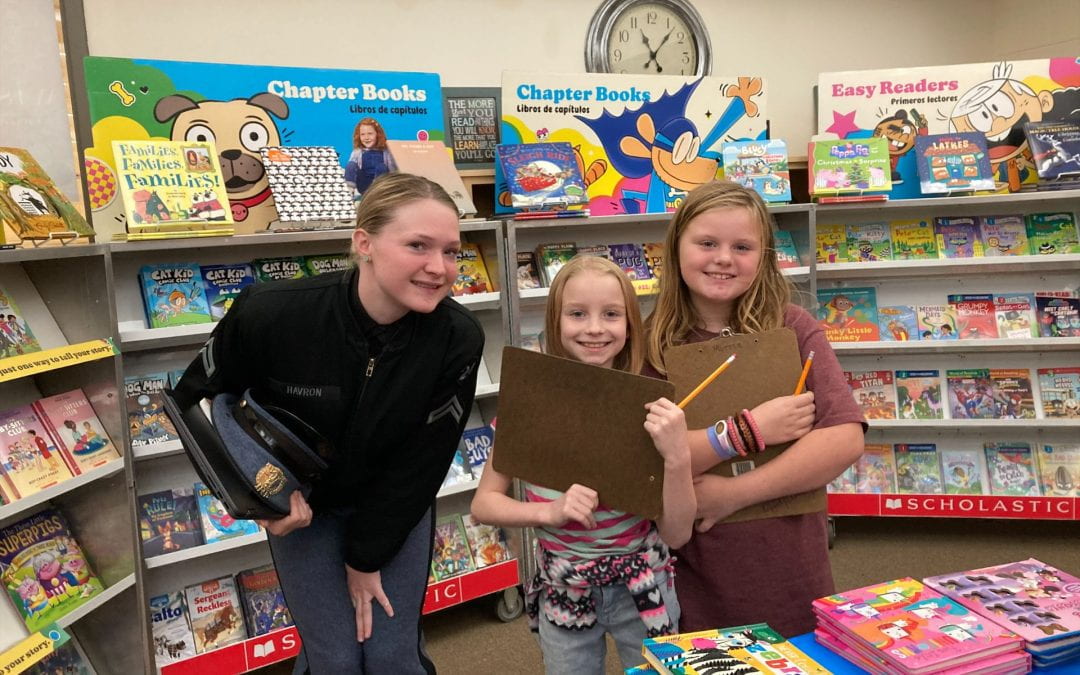This week, myself as well as my classmates had the privilege of going back to Ms. Cosgriff’s 5th grade classroom. We were excited to see the kids and we think they were probably excited to see us, too. My partner, Rachel, and I have been specifically preparing for this experience at Ms. Cosgriff’s by gearing our projects on sense-based learning as a means to think about children’s literature. Rachel and I have been playing around with sound and what that means for textual comprehension on a separate venture, and this provided a well-crafted segway into Ms. Cosgriff’s Podcast lesson.
Last minute, days before my group was meant to lead a lesson at the Elementary School, my group and I met and put together a presentation on how to prepare and make a podcast. As my week kept getting busier, I was nervous about how Ms. Cosgriff’s students would react to our rushed presentation. I had to remind myself and my group members that our audience probably isn’t one to judge– as long as we incorporated creativity and livelihood, we could steer our 5th graders in the right direction. Boss notes in Project Based Learning that “they [the students] can choose to work on the problem on their own, in collaboration with classmates, or with the support of resources the teacher has made available” (12). This sort of interaction with the course is exactly what my group and I were trying to emulate. Our presentation was meant to inspire them to collaborate with their peers and their texts and in the end, we succeeded.
Ms. Cosgriff’s class was attentive and bright eyed as they watched us talk about podcasts. We even added a creative ‘mock’ podcast about sandwiches to our presentation to mirror the students’ goals for their own projects. After they had fun and laughed with us on the history of sandwiches, Ms. Cosgriff’s students wasted no time in asking questions about how they should organize their podcasts. At the end of the day, my team was able to construct an environment in which these kids could talk about their own learning experiences. Boss calls this kind of culture a “hidden curriculum,” as it is, along with the academic curriculum, one of the most important aspects that a kid can learn in school (13). What kind of culture should kids be learning in and how can teachers facilitate this? If this curriculum is hidden, it could be tricky trying to keep every student on the creating-culture train as every teacher has the freedom to teach this however they desire. This, too, is also tricky for the teachers as there is no set way on how to include this crucial characteristic of learning.
As our visit to Central Elementary School came to an end, we realized the school was hosting a book fair. For good measure, my group and I visited the book fair in the library to regain a piece of our childhood. This, at least in my opinion, was a wonderful experience that allowed a college student to place themselves in the small shoes of a 5th grader once again, getting a better idea of how their minds work.
Sources:
Boss, Suzie, and Larmer, John Larmer. Project Based Teaching: How to Create Rigorous and Engaging Learning Experiences, Association for Supervision & Curriculum Development, 2018. ProQuest Ebook Central, http://ebookcentral.proquest.com/lib/vmi/detail.action?docID=5704249.
Created from vmi on 2022-11-17 16:00:57.


Dear Bri,
I’m glad you mentioned the hidden curriculum, which is all of those possibilities and constraints a student brings into the classroom. Your team was able to humanize the tasks at hand and help them imagine how they might practice and think through these same tasks, however daunting.
BRAVO to the team- Ms. Cosgriff was pleased with the affirmations you offered them in the writing process. MAJ Hodde